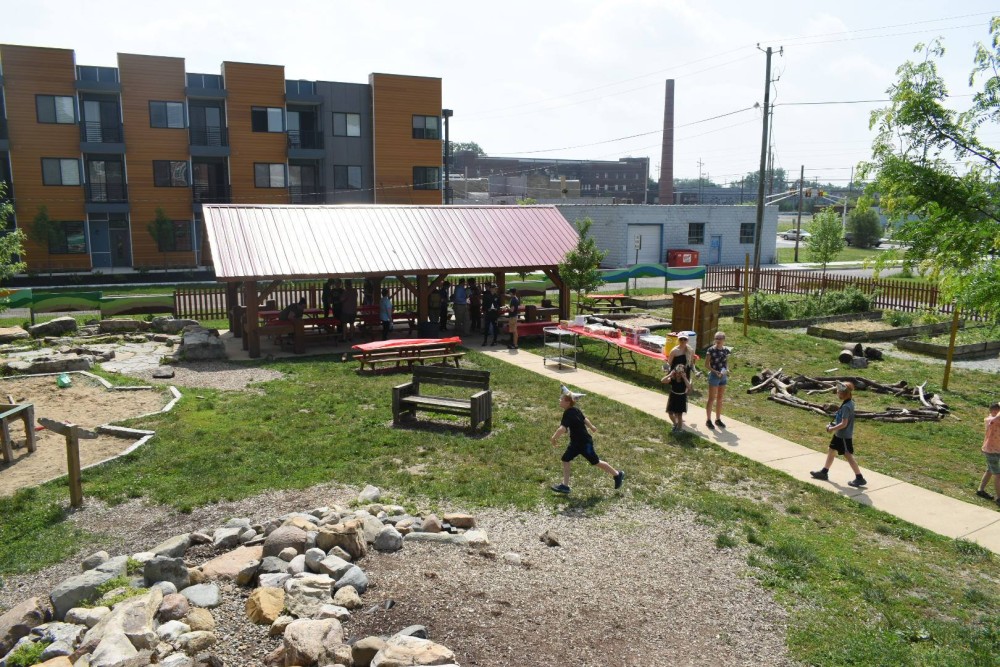Becoming a neighborhood church
The separate spheres of our lives, and the imagination it takes to forge deeper community

There’s a difference between a religious community and a real community. While a real community exists and shares life throughout the days and weeks, a religious community exists only during specific windows of time when it gathers for worship or other religious activities. The economy of a religious community is largely focused on growing its membership, sustaining its institution, paying its staff, maintaining its facilities, and keeping its utilities running. The economy of a real community is much broader, encompassing all the resources of its members and concerned with their flourishing.
Most churches exist somewhere on the spectrum between a religious community and a real community. If a phrase like “churches don’t do that” (or “churches can’t do that”) is a common refrain in your conversations, you are probably closer to the religious community end of the spectrum.
For the past three decades, the church to which I belong, Englewood Christian Church in Indianapolis, has been on the journey from being a religious community toward being a real community. In the early years, we heard “churches don’t do that sort of thing” a lot, but eventually and with much conversation, we did many of the things that we once thought were forbidden to churches—buying and selling property, starting businesses, partnering with government agencies and the United Way, educating children, and helping local businesses to launch and grow.





